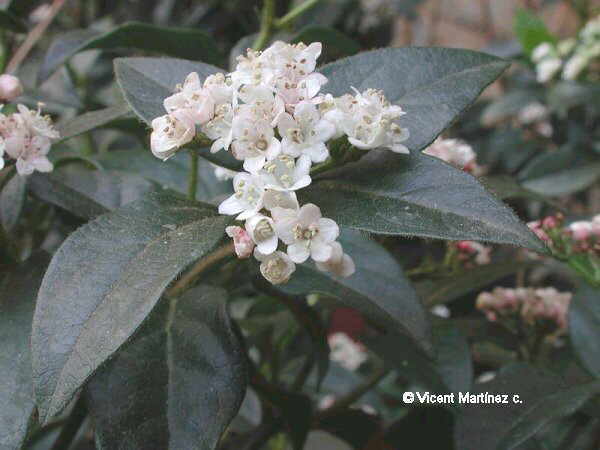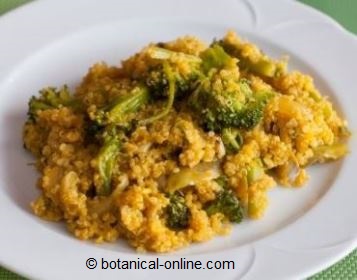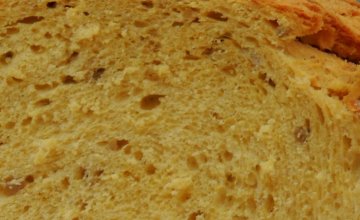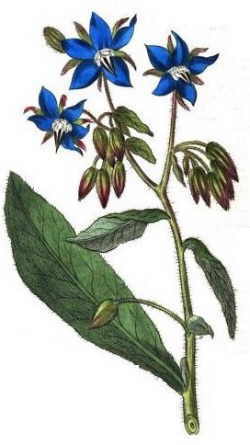Benefits of bran
FOOD PROPERTIES OF BRAN
What is bran?
Bran is the product that is left when refining the grains of cereals. Bran corresponds to what would be the outer layers of grain and more specifically the pericarp, with its three sub-layers: exocarp, mesocarp and endocarp (rich in fiber and minerals), testa (rich in vitamins and enzymes) and the aleurone layer (rich in proteins and fats).
The removal of these layers, deprivation of a whole range of nutrients that are important to health. For example, oats bran, this layer contains between 60 and 80% of all minerals.
When we eat bread made with whole wheat flour, these nutrients are incorporated in the dough and we can take advantage of them, but when we eat bread made from white flour, most of them do not appear on the bread, which is stripped of most vitamins, fiber, minerals, essential fats, enzymes, turning it into a rich product in only “empty calories”; it is interesting to provide energy but without the advantages of the other components that the bread originally had.
To counteract the refined grains in today’s society we have the possibility of taking supplements of bran. Among them are the most commonly used wheat bran and oat bran.
Food composition of bran
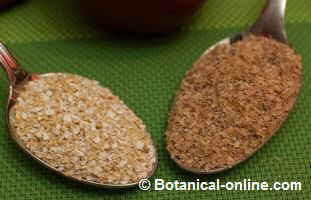 Oats bran (left) and wheat bran (right) |
The following table shows the composition of wheat bran, oat bran, rice bran and corn bran.
- A high amount of protein: Protein is needed for the construction and regeneration of the body. Its importance in the formation of enzymes and other chemical processes is vital. Oats and rice brans are those that contain more protein. The corn that contains less.
- Low in fat and many carbohydrates: Of all brans, the only one that contains a high amount of fat is the rice bran. It is therefore the one with a greater number of calories. Its content is higher than pork or chicken. But fat rice bran, like other cereals, contains no cholesterol and their proportion of polyunsaturated fats nearly double in proportion the saturated, which does not happen with meat which has a higher proportion of saturated fat much more harmful to health. Cereals contain no cholesterol so it does not affect the incidence of many cardiovascular diseases.
All bran are rich in carbohydrate energy source highly recommended for its ability to transform into glucose in a very gradual which provides a satiety for a long time and greater control of sugar levels in the blood. It is especially rich in carbohydrate corn bran, while rice bran has the least. The wheat and oat bran contain very similar proportions.
- Wealth in B vitamins: Cereals bran contains high amounts of vitamin B. The importance of this vitamin in the processing of fats, proteins and carbohydrates into energy is vital. Vitamin B plays an important role in nervous system health and the production of hormones, enzymes or proteins, as well as strengthening the immune system .
This vitamin is very important for the elderly and for vegetarians, who have a very strict diet with no animal meat, eggs, milk and derivatives. In both cases, unless ones gets a high amount of plant foods rich in vitamin B, deficiencies may appear.
Among all of them we must mentin the really high values of rice branin niacin, pyridoxine and thiamin. Also remarkable is its amount in vitamin E., that constitutes one of main antioxidants.
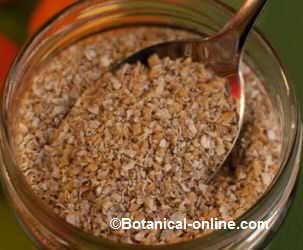 Oats bran |
- Mineral Wealth: The cereal brans are rich in minerals. Particularly outstanding is rice bran. It is the one which contains more potassium and phosphorus, iron, magnesium and manganese. Wheat bran is very rich in these minerals, but not enough rice bran. Oat bran contains all good, while the corn bran has a lower mineralization.
Wheat bran is the one that contains more copper and more zinc.
Despite their real wealth in minerals, consider that the bran is rich in phytates. These compounds inhibit the absorption of minerals, especially iron and calcium, so that instead of creating wealth in this component, it might even affect the absorption of other minerals from other foods. It has been proven to be more convenient to take the bran bread raw, as cooking destroys most of the phytates. There is also evidence that excessive intake of bran can lower levels of minerals in the body.
- Rich in insoluble fiber: Whole grains are the foods most rich in insoluble fiber in the form of cellulose, hemicellulose and lignin. This fiber is the one that has the ability to absorb water, but does not dissolve in it, as does the soluble fiber.
![]() More information on cereals
More information on cereals

